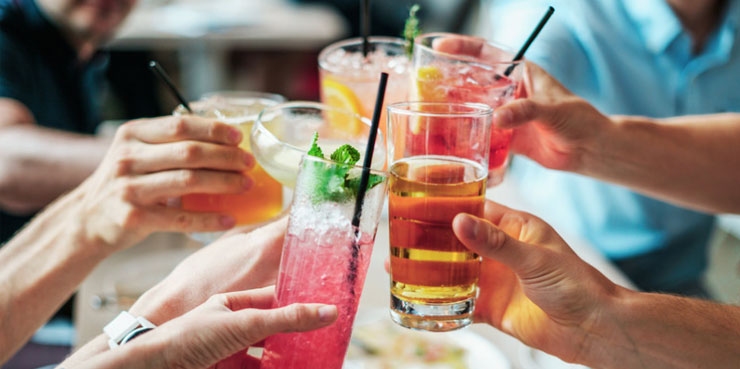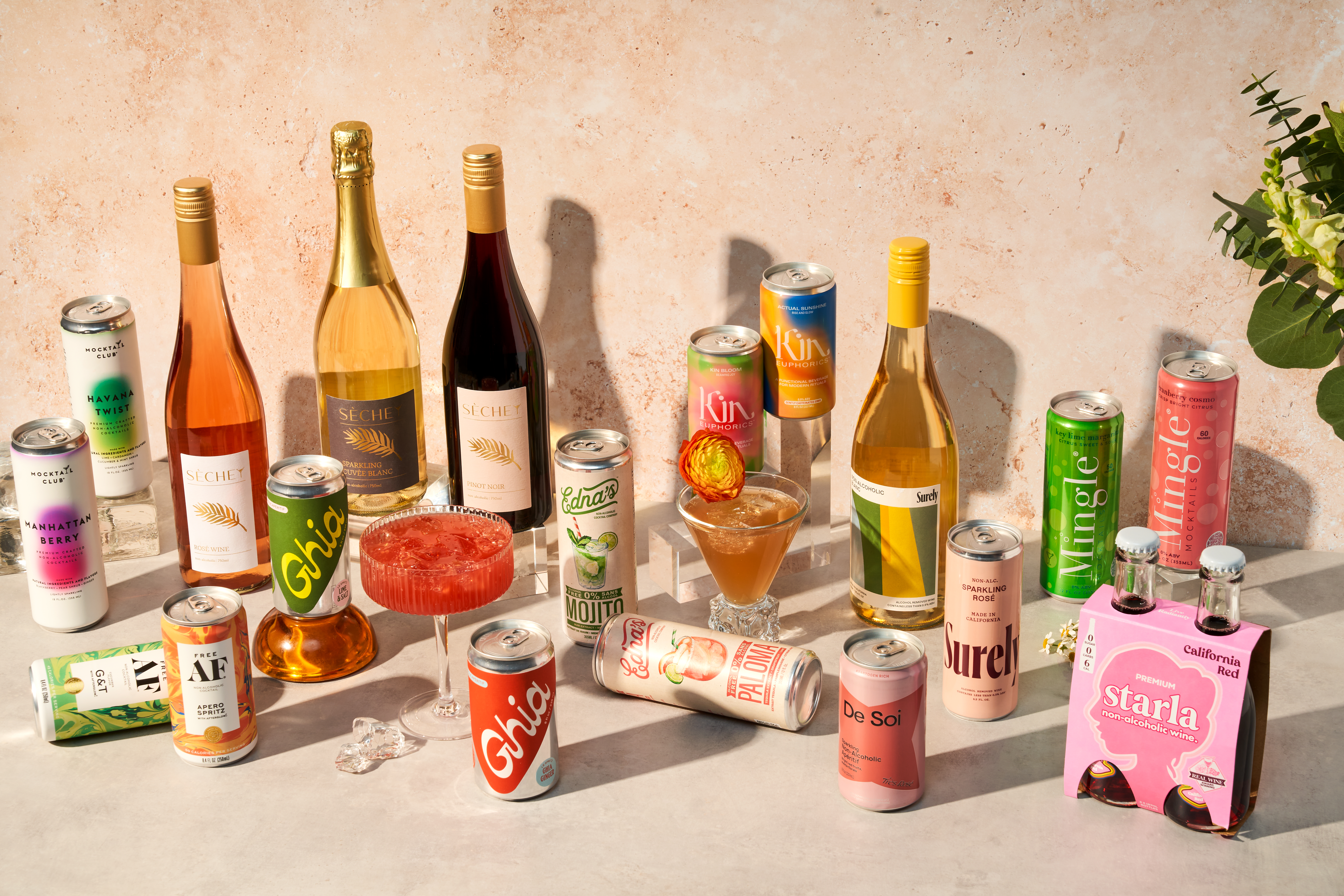Both restaurants and liquor stores across the nation have noted an increased desire among their consumers for unique cocktail innovations and additional flavor profiles. Customers no longer want the same old margarita or draft beer. They want something different and they want it to taste good.
A new report from Circana highlights this growing consumer appetite for variety. The report, State of the CPG Beverage Alcohol Industry, found that Gen Z customers aged 21-26 in particular are leading the charge, propelling innovation in flavor profiles, packaging and product formats.
RTD Cocktails and Hard Seltzers Remain a Staple
One category that continues to hold brand appeal is ready-to-drink (RTD) cocktails and hard seltzers, according to the report. Despite a slight softening in sales, the convenience of these offerings makes the category widely popular across different age groups and household income cohorts.
The RTD category has more than tripled since 2018, reaching $10.3 billion in sales in 2023, the report states.
Scott Scanlon, executive vice president of Alcoholic Beverages at Circana, believes RTDs will only continue to increase in popularity. “I believe we are probably in the 7th inning, using a baseball metaphor, likely continuing for at least the next couple of years — likely three,” he says. “The trend is still very positive, especially during holiday occasional and new product launches.”
Variety packs stand out as the top-selling RTD format, according to the report, outselling single-flavor packs. In order to meet these evolving consumer demands, brands have been innovating with crossover products, with an increasing number of no alcohol brands venturing into the beverage alcohol space.
RTD cocktails that best resonate with Gen Z consumers aged 21-26 often feature higher alcohol-by-volume (ABV) content, are made by recognizable brands and have packaging suitable for diverse occasions, the report states.
“Today’s beverage alcohol consumers prioritize convenience and desire innovative experiences,” says Scanlon. “Exciting flavor profiles will remain a key driver of innovation in this space. Brands that want to remain competitive should explore opportunities to elevate their offerings, incorporating premium ingredients and packaging.”

Gen Z Leans Toward Premium Beverages
The Circana report also found a noticeable trend among consumers shifting from value to premium options in both the beer and wine categories. Gen Z consumers tend to prefer sparkling wines and those with fruity or sweet notes. In the beer category, sales remain robust, particularly in the convenience channel.
“Premiumization continues to be very strong as consumers enjoy the ‘mini vacation’ or ‘affordable indulgence’ to treat themselves,” Scanlon notes. “Covid has accelerated the trend by introducing at-home mixologist/bartenders. Consumers realized they could afford higher quality at-home consumption vs. bars/restaurants.”
How to Market to Gen Z Customers
As drinkers continue to gravitate towards innovation and variety in their alcohol beverages, brands need to make sure they’re marketing their products correctly to beat the competition. Viral Nation CEO Joe Gagliese advises that social media plays a critical role in marketing nowadays.

“When we think about entertainment, you go watch a movie because it goes viral. The same can be said for music,” he explains. “I think that the beverage alcohol category has taken a hard left into culture, and we would be crazy not to think that social media isn’t what’s boosting that today. In order to compete, you need to figure out how to get virtually aligned through social media rather than just the product itself.”
When utilizing social media, Gagliese says the best language to use in order to reach customers is to tie your products to a cultural moment.
“Make sure to integrate your messaging to be a part of a specific moment for the customer,” he notes. “Determine the right messaging that will resonate with them and what they will do with your products. For example, don’t lead with how you have the best hops or the best ingredient — you need to make sure that when a pool party happens, they reach for your beverages.”
It all boils down to how you empower customers to enjoy your products as opposed to general messages saying “buy this product.”
Aside from utilizing social media, Scanlon suggests that creative packaging is another great way to draw interest to your brand. “We have seen this within the seltzer/RTD space when introducing new forms,” he says.
“Celebrity assistance also continues to be strong with beverage alcohol,” he continues. “Not only endorsement, but also with ownership/partial ownership of products.”




